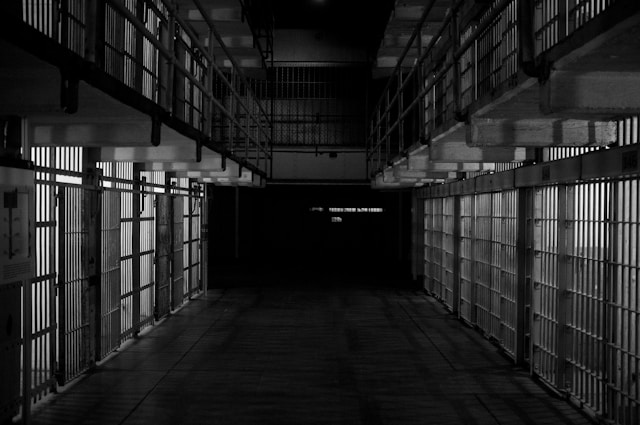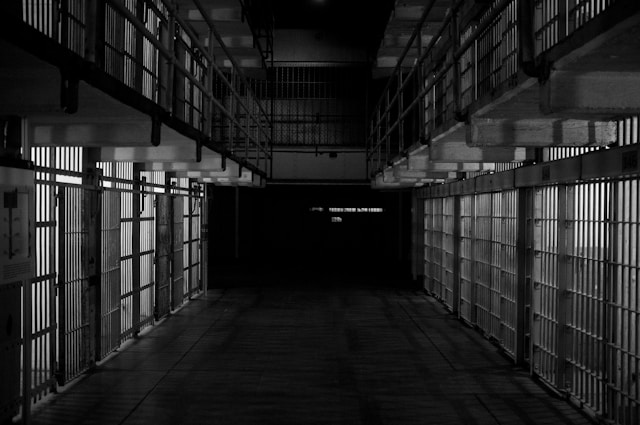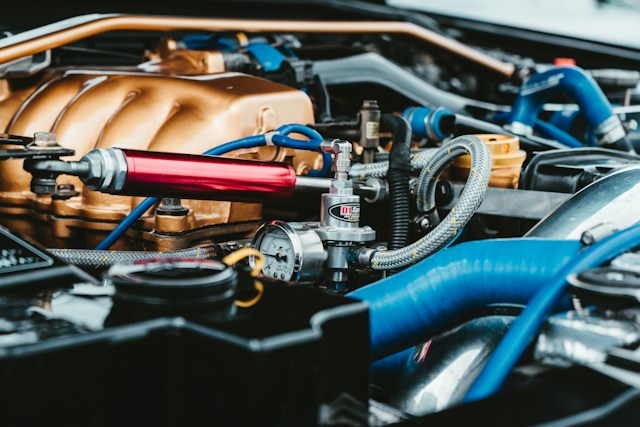Smoke testing allows plumbers to locate hidden plumbing issues, such as faulty seals and venting problems. Addressing these issues early prevents future leaks, odors, and costly repairs.
The non-toxic smoke used for the test is harmless to homes and businesses. Residents should open windows and doors to ventilate the area during the test.
Prepare the Plumbing System
The plumbing smoke test is a highly effective diagnostic tool for identifying leaks, cracks, faulty seals, and improper connections that can be difficult or impossible to detect using other methods. It can help prevent water damage, sewage spills, unpleasant odors, and costly repairs.
During the test, plumbers channel non-toxic smoke into the plumbing pipes, which enables them to detect any areas where the smoke escapes visually. This lets them quickly identify and resolve problems, minimizing water damage, waste, and costly repairs.
Before starting the testing process, residents should drain their toilets, sinks, and bathtubs to ensure their drain traps are full of water. They should also open windows to allow for ventilation. The smoke used for plumbing smoke testing is not toxic, but it may irritate the mucus membranes of the lungs and throat if inhaled for prolonged periods.
Smoke testing crews will look for smoke plumes from maintenance hole covers, storm drains, roof vents, and building foundations.
A smoke pump tester is a sophisticated device designed to detect leaks in a system by introducing smoke or vapor into it. In HVAC applications, these testers play a vital role in identifying leaks in ductwork, pipes, and other ventilation system components. The principle is simple yet effective: as the smoke is introduced, it will escape through any existing leaks, making them visible and accessible to pinpoint.
Set Up the Smoke Machine
Smoke testing is a non-invasive technique for testing sewer pipes. A technician sets up a blower and pumps nontoxic smoke into the sewer system. The smoke reveals the location of pipe leaks, breached utility holes, cracks, and uncapped lines. It also shows where roof or foundation drains are connected to the sewer system.
A plumbing smoke test works similarly to an EVAP leak detection. The plumber seals most of the exposed floor drains and the sewer line. Then, the plumber pushes nontoxic smoke into the system to find the source of the rotten sewer odor.
The odorless smoke does not affect occupants or the environment in any way. Before the test begins, the plumber informs residents of what to expect. They are advised to pour water into their drain traps to prevent smoke from entering their homes. They are also encouraged to alert the crew if smoke enters their homes. This will help the team plan accordingly for any remediation work required.
Observe the Smoke Patterns
The team conducting the smoke testing will walk around the area to observe and map patterns of smoke. They’ll look for leaking areas, missing or disconnected drains, roof vents, foundation drains connected to sewer pipes and manholes, and catch basins.
During the test, the crew won’t enter your home or business. However, residents in the pilot area may be asked to pour a quart of water into their unused floor drains, basement drains, and other plumbing fixtures that connect to the sewer system. This helps fill fixture traps and prevents sewer gases from entering homes during the test.
The simulated smoke used for smoke testing is colorless, odorless, and non-toxic. It’s manufactured specifically for this purpose and will clear quickly, leaving no residue or stains. The smell will also dissipate. This method can detect cracks, leaks, and other defaults in underground piping that aren’t visible to the naked eye, alerting plumbers to these issues so they can be repaired.
Document the Findings
Many plumbing problems, such as leaking pipes or faulty connections, are invisible to the naked eye. Conducting a smoke test allows plumbers to see and address these issues before they cause significant damage. This method is beneficial during construction projects and renovations when verifying that plumbing components are connected correctly can be difficult.
During the smoke testing, plumbers pump non-toxic smoke into the drain and sewer pipes. This smoke can easily detect leaks and faulty connections as it rises through cracks and breaks in the pipes. Smoke can also reveal areas where rainwater or other unwanted water enters the sanitary sewer system through broken pipes, roof leaders, catch basins, cleanouts, driveway and yard drains, and cross-connections.
Residents should not be home during smoke testing but should open their windows and doors for ventilation. The smoke that enters buildings will have a distinct odor, but it is non-toxic and does not create a fire hazard.











